-

Better runoff and hazard predictions through national-scale snowmelt forecasting
Research ProjectDeveloping a snowmelt forecast system to enable more accurate and confident forecasts of river flow and alpine hazards. -
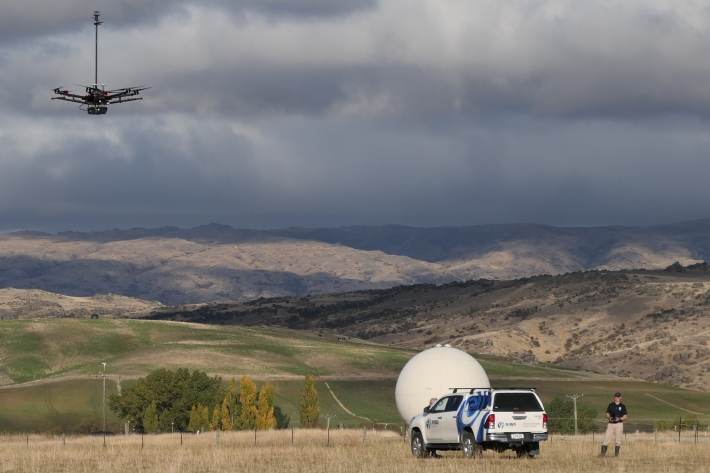
Accurate quantification of methane emissions from waste and agriculture
Research ProjectNIWA researchers are testing new methods for quantifying methane emissions from agriculture and waste. -
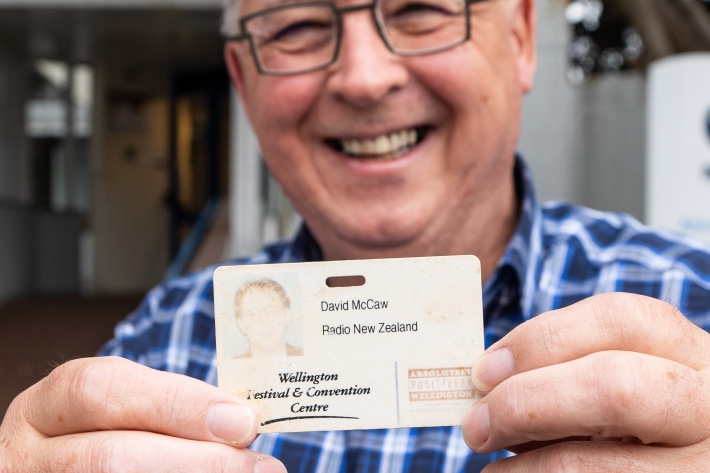
The curious case of a lost security card
Media release24 April 2024In 2016, NIWA technician Rod Budd is doing a routine dive under the Antarctic ice at Cape Evans, studying the creatures that live there. -
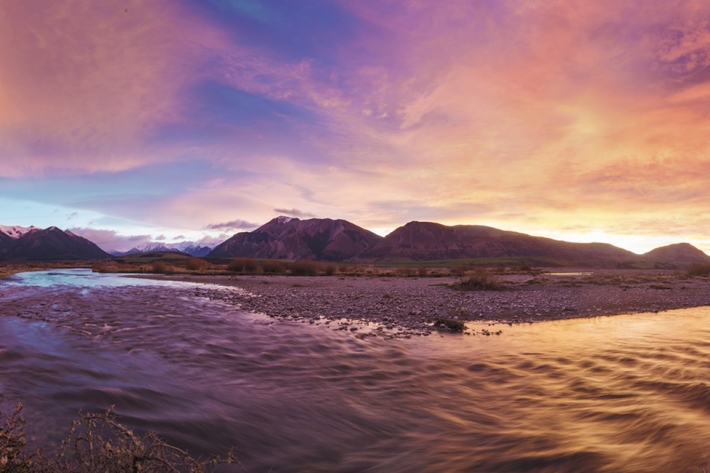
We've got a new look
News article24 April 2024Welcome to our website. -

Hotspot Watch 23 April 2024
Hotspot24 April 2024A weekly update describing soil moisture patterns across the country to show where dry to extremely dry conditions are occurring or imminent. -
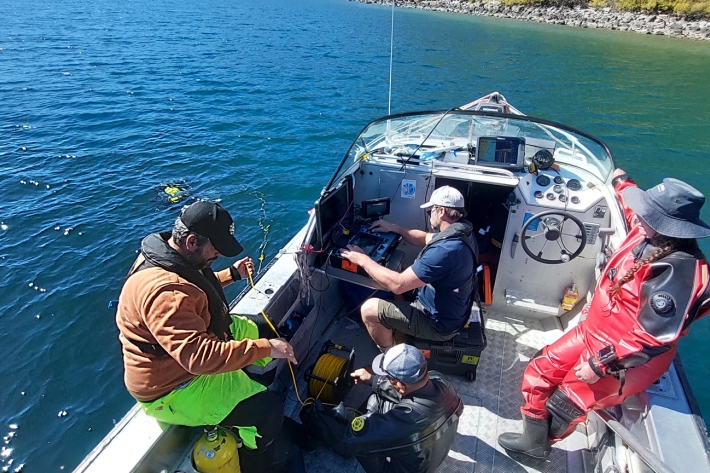
Hunting for freshwater ‘freak of nature’ in Otago
Media release18 April 2024A team of NIWA scientific divers have successfully searched for a freshwater freak of nature in Otago’s alpine lakes. -
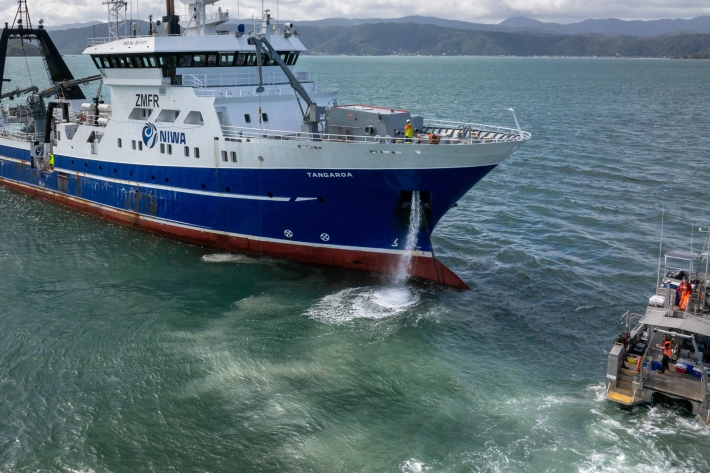
New study to combat harm caused by anchoring
Media release16 April 2024Ship anchors may cause extensive and long-lasting damage to the seafloor, according to new NIWA research. -
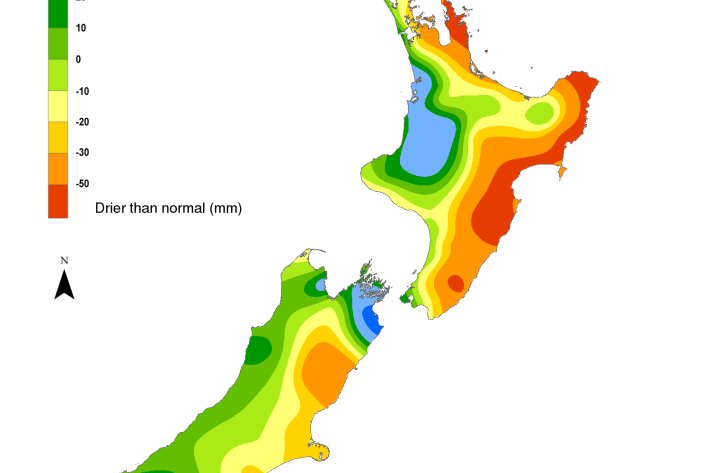
Hotspot Watch 15 April 2024
Hotspot15 April 2024A weekly update describing soil moisture patterns across the country to show where dry to extremely dry conditions are occurring or imminent. -
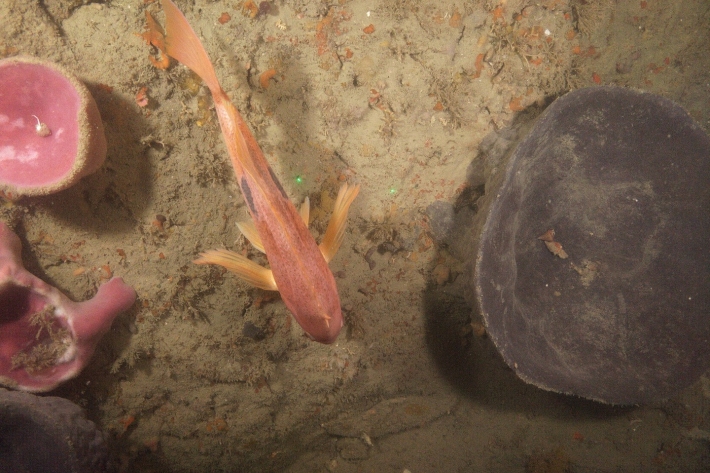
Impacts on marine environment – fisheries and seabed
Research ProjectCyclone Gabrielle resulted in the transport of vast amounts of freshwater, sediment and debris to the marine environment of Te Matau-a-Māui/Hawkes Bay and Tairāwhiti/Gisborne regions. -
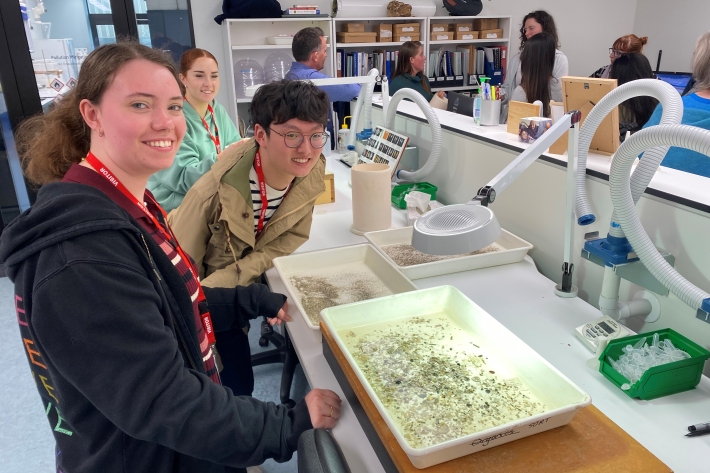
Summer/Spring School
The Joint Graduate School runs regular gatherings to connect students and faculty across the university and the NIWA sites. -
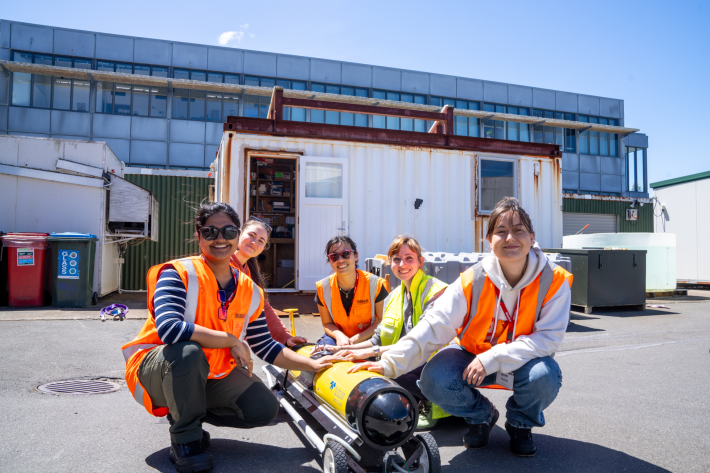
Meet our students & graduates
Meet some students and graduates who share their experience and where it has taken them. -
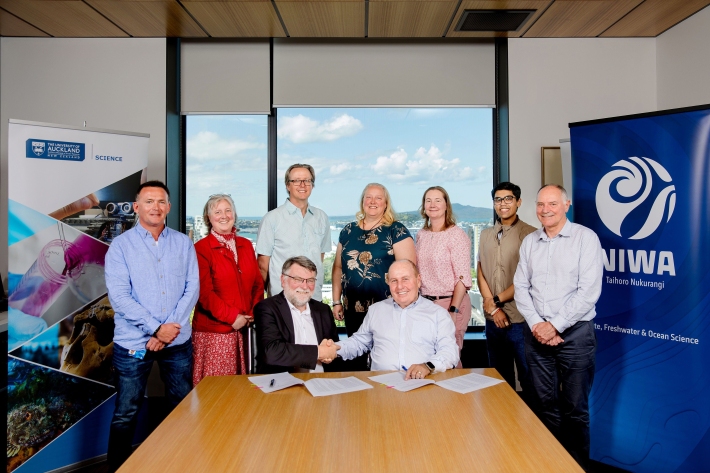
Meet our staff
NIWA partners with UOA to provide postgraduates with the opportunity to work at the forefront of coastal and marine research.
